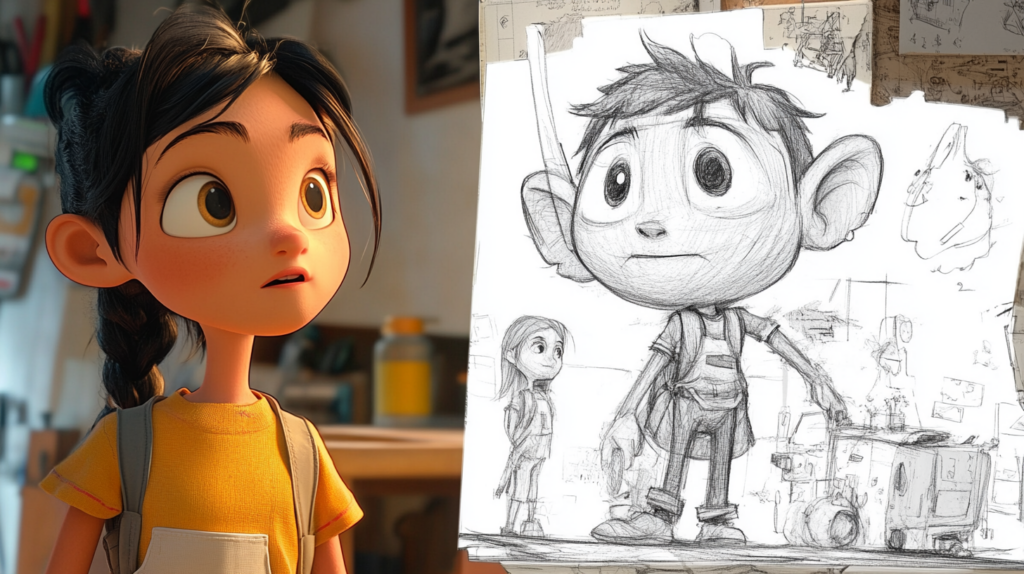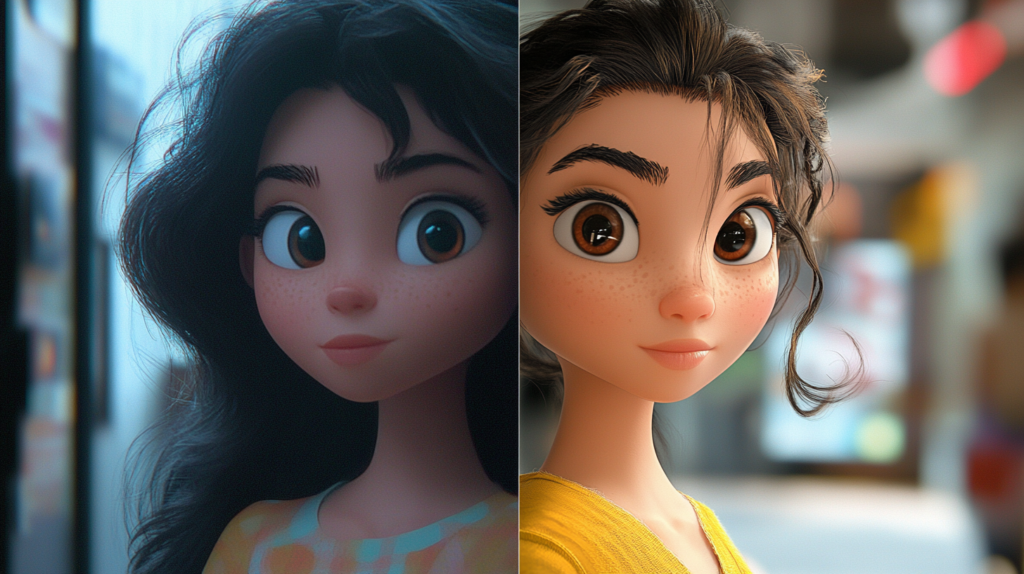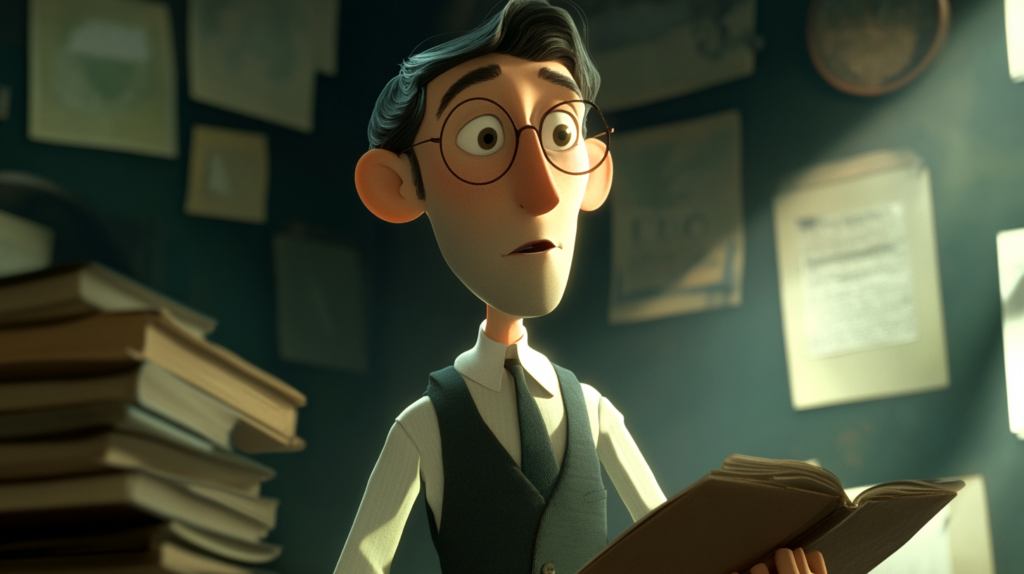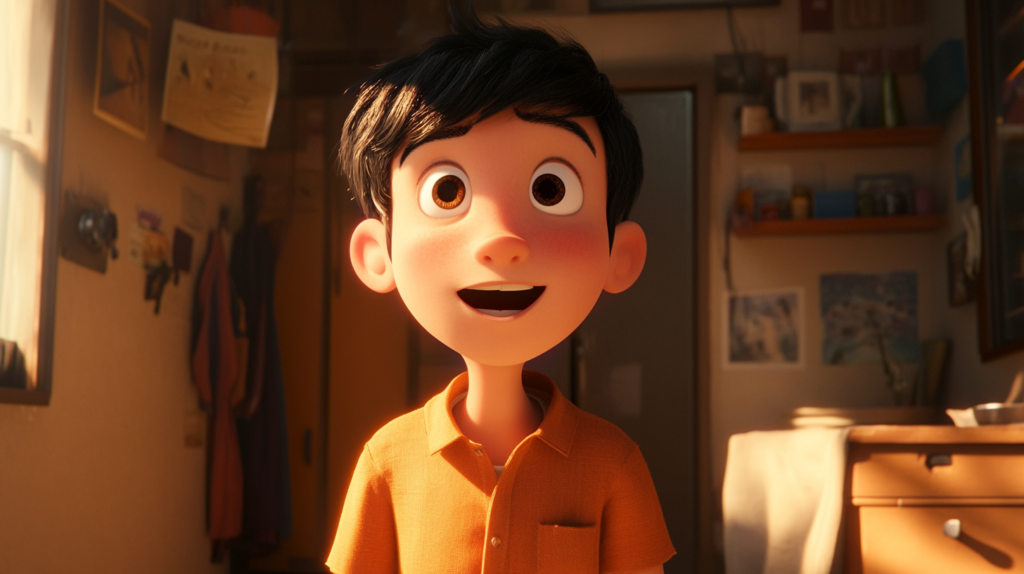Animation has come a long way since its inception, evolving from hand-drawn frames to sophisticated computer-generated imagery (CGI). As a cartoonist and animator, I’ve witnessed firsthand the profound changes technology has brought to this art form. This article delves into the differences between traditional animation and digital animation, exploring their histories, techniques, advantages, and impacts on the industry.
Understanding the Basics
Traditional Animation
Also known as cel animation or hand-drawn animation, traditional animation involves drawing each frame by hand. Artists create a sequence of images on paper or transparent sheets called cels, which are then photographed and compiled to produce the illusion of movement.
Key Characteristics:
- Frame-by-Frame Drawing: Each frame is individually drawn, requiring meticulous attention to detail.
- Physical Medium: Uses tangible materials like paper, ink, and paint.
- Labor-Intensive: Demands a significant amount of time and effort.
Digital Animation
Digital animation utilizes computers and software to create animations. It encompasses a range of techniques, including 2D vector-based animation and 3D computer-generated imagery.
Key Characteristics:
- Software-Driven: Relies on programs like Adobe Animate, Toon Boom Harmony, or Autodesk Maya.
- Versatile Techniques: Includes 2D and 3D animation, motion graphics, and visual effects.
- Efficiency: Streamlines the animation process with tools that automate certain tasks.
Historical Evolution
The Rise of Traditional Animation
Traditional animation began in the late 19th and early 20th centuries. Pioneers like Winsor McCay and studios like Walt Disney Animation popularized the medium with classics such as Steamboat Willie (1928) and Snow White and the Seven Dwarfs (1937).
Milestones:
- 1908: Fantasmagorie by Émile Cohl, considered one of the first animated cartoons.
- 1937: Snow White and the Seven Dwarfs, the first full-length animated feature film.
- 1960s-80s: The golden age of Saturday morning cartoons, with studios like Hanna-Barbera.
The Digital Revolution
The advent of computers brought significant changes to animation.
Milestones:
- 1982: Tron used extensive computer graphics.
- 1995: Toy Story by Pixar, the first fully 3D computer-animated feature film.
- 2000s-Present: Growth of digital tools enabling indie animators and major studios alike.

Techniques and Processes
Traditional Animation Techniques
- Storyboarding: Sketching the sequence of events.
- Layout: Planning the background and positioning characters.
- Animation: Drawing key frames and in-betweens.
- Ink and Paint: Tracing drawings onto cels and coloring them.
- Photography: Capturing each frame on film.
Pros:
- Artistic Authenticity: The hand-drawn quality provides a unique aesthetic.
- Tangibility: Physical artwork that can be preserved and exhibited.
Cons:
- Time-Consuming: Requires drawing thousands of frames.
- Costly: High labor and material costs.
Digital Animation Techniques
- Modeling (3D): Creating digital models of characters and environments.
- Rigging: Building a digital skeleton for models to allow movement.
- Animation: Using keyframes and motion paths to animate.
- Rendering: Processing the final images or frames.
- Post-Production: Adding effects, editing, and sound design.
Pros:
- Efficiency: Reusable models and assets save time.
- Flexibility: Easy to make changes without redoing entire frames.
- Advanced Effects: Capabilities for complex visual effects and realistic textures.
Cons:
- Steep Learning Curve: Requires knowledge of sophisticated software.
- High Initial Costs: Investment in software and hardware.
Impact on the Industry
Traditional Animation’s Legacy
Traditional animation laid the foundation for storytelling in motion pictures.
- Cultural Icons: Characters like Mickey Mouse and Bugs Bunny became global symbols.
- Artistic Influence: Inspired countless artists and animators.
- Educational Value: Teaches fundamental principles of animation.
The Digital Shift
Digital animation has transformed the industry in several ways.
- Accessibility: Affordable tools have democratized animation, allowing independent creators to produce high-quality work.
- Global Collaboration: Easier sharing and collaboration across borders.
- Expanded Genres: Growth in animated content for adults, video games, and virtual reality.

Case Studies
Traditional Animation Success: The Lion King (1994)
A pinnacle of traditional animation, The Lion King showcased emotional storytelling, memorable music, and stunning visuals, proving the enduring power of hand-drawn animation.
Digital Animation Triumph: Frozen (2013)
Disney’s Frozen leveraged digital animation to create intricate snow and ice effects, contributing to its worldwide success and showcasing the possibilities of modern technology.

The Debate: Traditional vs. Digital
Arguments for Traditional Animation
- Authenticity: The handcrafted feel can’t be exactly replicated digitally.
- Artistry: Encourages fundamental skills in drawing and composition.
- Nostalgia: Evokes a classic feel that resonates with audiences.
Arguments for Digital Animation
- Innovation: Opens new frontiers in visual storytelling.
- Efficiency: Faster production times and easier revisions.
- Versatility: Supports a variety of styles and effects.
The Hybrid Approach
Many modern productions use a combination of both techniques.
- 2D Digital Animation: Mimics traditional animation using software, blending hand-drawn aesthetics with digital efficiency.
- Live-Action Integration: Combines animation with live footage, common in films like Who Framed Roger Rabbit.
Personal Experience:
In my work, I often use digital tools to streamline the animation process while incorporating hand-drawn elements to retain a personal touch.

Learning and Career Opportunities
For Aspiring Animators
- Traditional Skills: Studying life drawing, anatomy, and movement.
- Digital Proficiency: Learning software like Adobe Animate, Blender, or Maya.
- Portfolio Development: Showcasing a range of styles and techniques.
Industry Demand
- Entertainment: Films, television, streaming services.
- Gaming: Character and environment animation.
- Education and Marketing: Explainer videos, commercials.
The Future of Animation
Technological Advancements
- Virtual Reality (VR) and Augmented Reality (AR): Immersive storytelling experiences.
- Artificial Intelligence (AI): Automating aspects of animation.
- Real-Time Rendering: Instant feedback during the creative process.
Preserving Traditional Techniques
- Educational Programs: Schools and workshops teaching traditional methods.
- Artistic Choice: Some creators prefer traditional animation for its unique qualities.
Personal Outlook:
I believe both traditional and digital animations have their place. Embracing technology doesn’t mean abandoning the foundations of the craft. Instead, it offers new tools to enhance storytelling.

Traditional Animation vs. Digital Animation
The debate between traditional and digital animation isn’t about which is superior but how each can serve the story being told. Traditional animation offers a timeless, handcrafted aesthetic, while digital animation provides efficiency and boundless possibilities. As technology continues to evolve, the animation industry will likely see even more integration of both methods.
Final Thoughts:
Whether you’re an animator, a student, or an enthusiast, understanding both traditional and digital techniques enriches your appreciation of the art form. Embracing the strengths of each can lead to innovative and captivating animations.
Call to Action:
What are your thoughts on traditional versus digital animation? Do you have a preference, or do you enjoy both for different reasons? Share your insights in the comments below.




